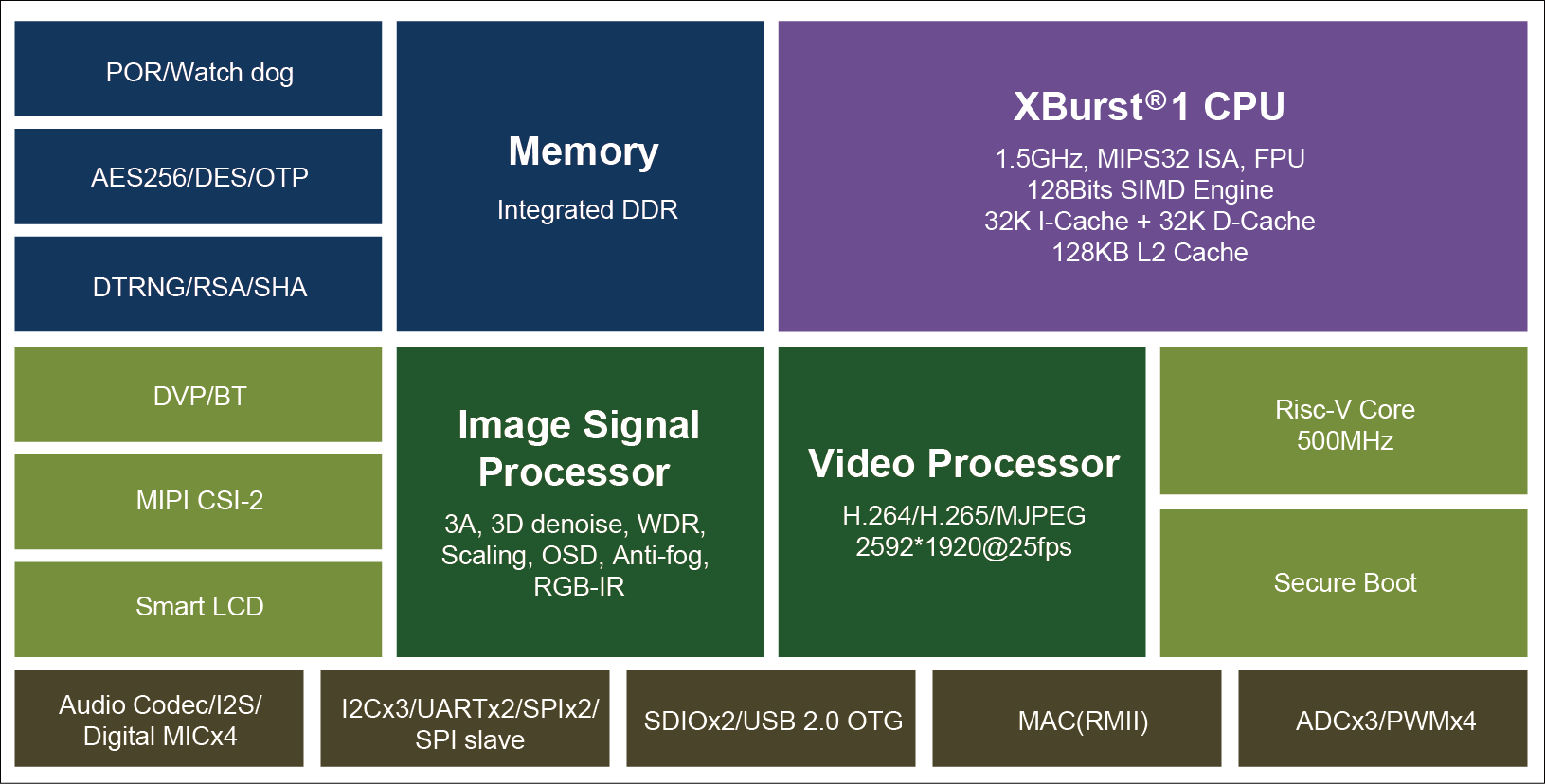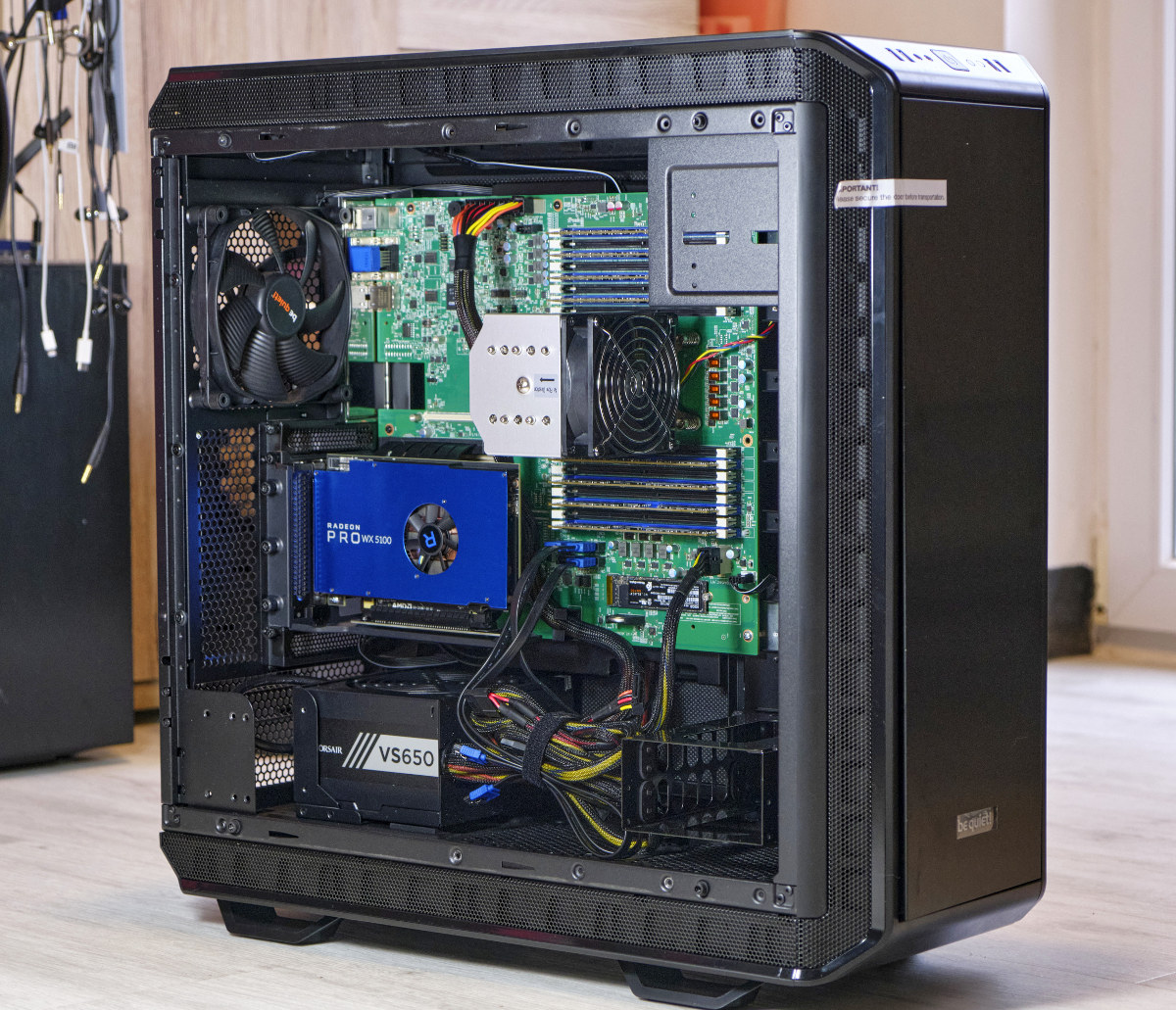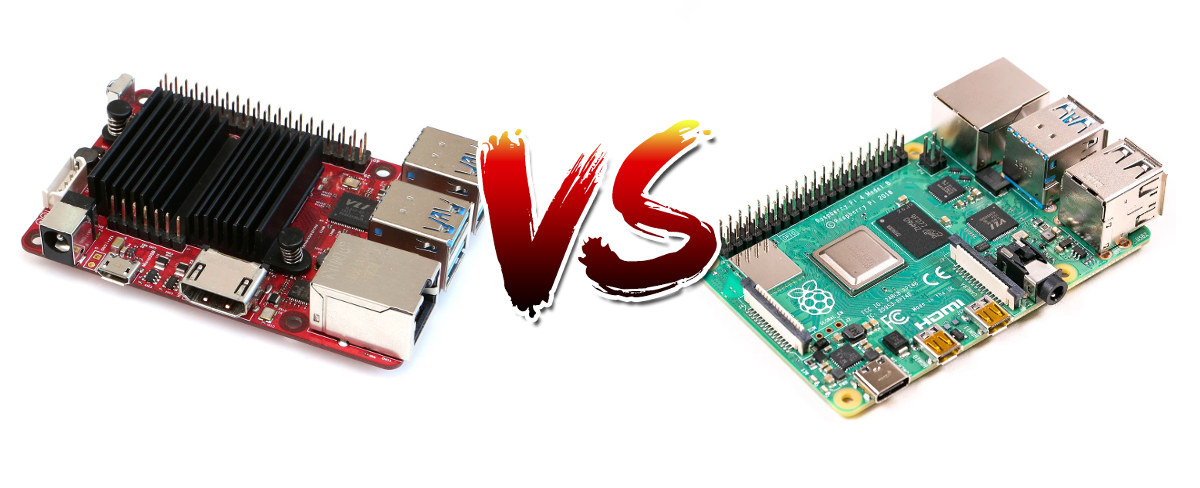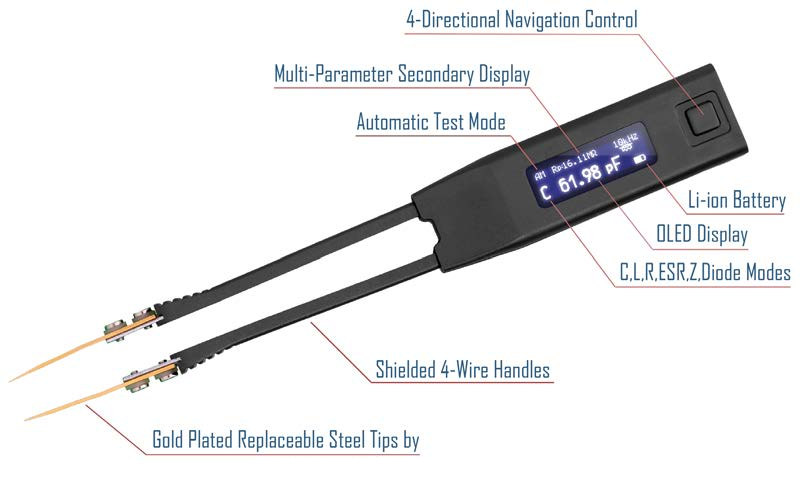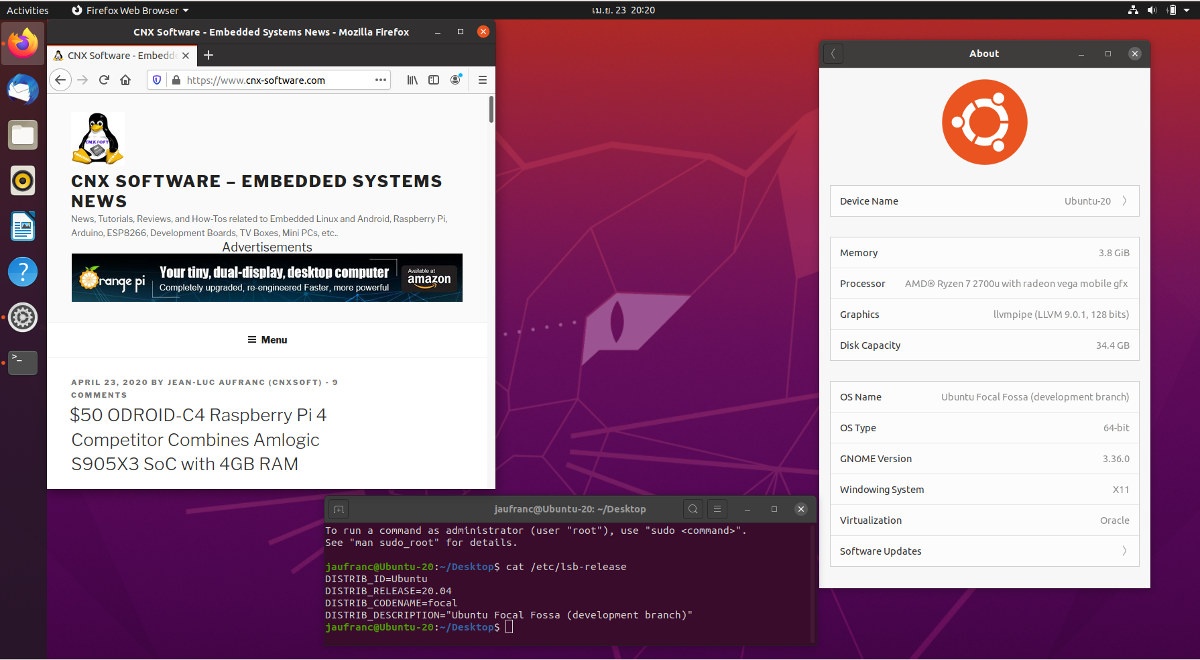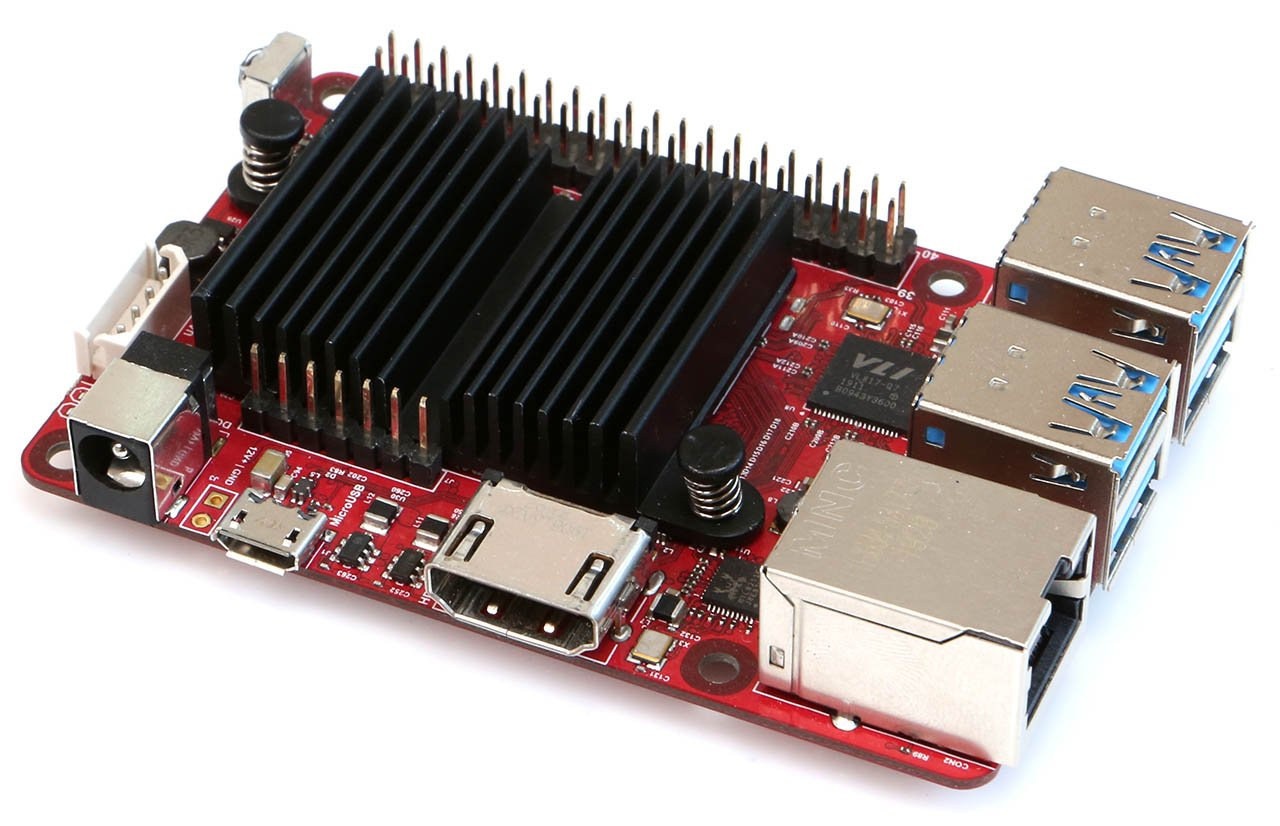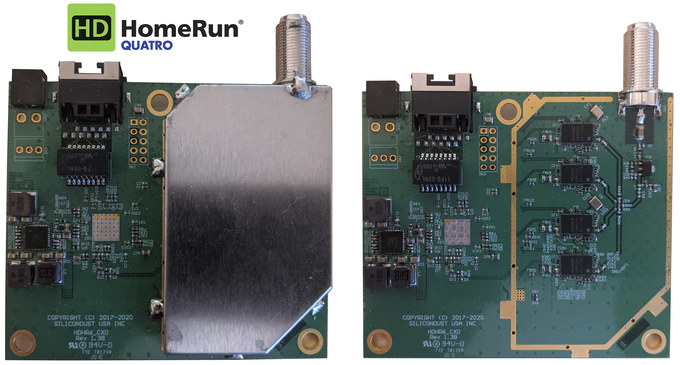Last week we asked “is MIPS dead?” question following the news that Wave Computing had filed for bankruptcy, two MIPS Linux maintainers had left, and China-based CIP United now obtained the exclusive MIPS license rights for mainland China, Hong Kong, and Macau. Ingenic is one of those Chinese companies that have offered MIPS-based processors for several years, but one commenter noted that Ingenic joined the RISC-V foundation, and as a result, we could speculate the company might soon launch RISC-V processors, potentially replacing their MIPS offerings. But Ingenic T31 video processor just features both with a traditional Xburst MIPS Core combines with a RISC-V “Lite” core Ingenic T31 specifications: Processors XBurst 1 32-bit MIPS core clocked at 1.5GHz with Vector Deep Learning accelerator based on SIMD128, 64KB + 128KB L1/L2 Cache RISC-V independent lite core System Memory – Built-in 512Mbit (64MB) or 1Gbit (128MB) DDR2 Storage – Quad SPI flash, […]
Ampere eMAG 64bit Arm Workstation Enables Native Arm Development
Over the last few years, several companies have come up with 64-bit Arm workstation to allow developers to test Arm code natively which may be important to avoid network delays or test applications requiring video or graphics. Those started to become available in 2018 from the relatively low-end 24-core Cortex-A53 Linaro “Synquacer” Developerbox to the much more powerful (and expensive) GIGABYTE ThunderXStation Workstation powered by up to two 32-core ThunderX2 processors. In the fall of 2019, SolidRun started to ship HoneyComb LX2K 16-core Arm Workstation motherboard with and NXP LX2160A 16-core Cortex-A72 processor that offers significantly more performance than the Linaro Box at a reasonable price ($750). While reading a recent Anandtech post with photos of an engineering sample, I found out Avantek was also offering the Ampere eMAG 64bit Arm Workstation powered by an Ampere eMAG 8180 32-core server processor. Ampere eMAG 64-bit Arm workstation specifications: SoC – Ampere […]
Raspberry Pi 4 vs ODROID-C4 Features Comparison
Yesterday, Hardkernel launched ODROID-C4 Amlogic S905X3 SBC as an update to ODROID-C2 SBC launched in 2016. We’ve seen the board can compete with Raspberry Pi 4 4GB board thanks to benchmarks released by Hardkernel, but since those boards are so versatile, meaning they can be used in a variety of applications, it’s impossible to benchmark all use cases. One way to find out which board might be right for your application without going through benchmarks is to look at a list of features for each, and that’s exactly what we’ve done in this post. Let’s get straight to the Raspberry Pi 4 (4GB RAM) vs ODROID-C4 comparison table. Features/Specs Raspberry Pi 4B (4GB) ODROID-C4 Release date 24th June 2019 23rd April 2020 SoC Broadcom BCM2711 quad-core Cortex-A72 @ 1.5 GHz (overclockable to 2.0+ GHz) with NEON, FPU Amlogic S905X3 quad-core Cortex-A55 processor @ 2.0 GHz with NEON, FPU, Armv8 Crypto […]
Smart Tweezers Colibri ST-5S Integrates LCR Meter, Identifies SMD Components
Soldering SMD components normally require a pair of tweezers, and since those components are so small it may be hard to read the value on them if any. That means if you’d like to double-check the value of an SMD component you may have to use a multimeter first, before placing it on the board and solder it. There’s a better way: Ideal-Tek Smart Tweezers Colibri ST-5S with a built-in LCR meter that can help you automatically identify SMD components and read their values in a convenient tweezers form factor. Smart Tweezers Colibri ST-5S key features & specifications: Built-in high-precision LCR probe Display – OLED Display Ranges Resistance (R) – 0.05 Ohm to 9.9 MOhm Capacitance (C) – 0.5 pF to 4999 uF Inductance (L) – 0.5 uH to 999 mH Quality Factor (Q) – 0.001 to 1,000 Dissipation Factor (D) – 0.001 to 1,000 AC test mode Test frequency […]
Panfrost Gets First 3D Renders on Bifrost GPU (Mali-G31) including Basic Texture Support
Collabora has been working on Panfrost open-source Arm Mali GPU driver for over a year. The drive aims to support both Midgard and Bifrost families. But so far, the company had mostly focused on Midgard (Mali-T6xx/T7xx) GPUs with for example experimental OpenGL ES 3.0 support announced last February. Collabora engineers, such as Alyssa Rosenzweig, have now started to work on Bifrost support, and some good progress has been made since they managed to have Panfrost render the first 3D graphics with basic texture support using a platform with an Arm Mali-G31 GPU. Alyssa notes that while Midgard and Bifrost have a similar command stream requiring a few changes, the Bifrost instruction set is completely different and required building a new compiler from scratch. This leads to changes to the Intermediate Representation (IR), 16-bit data support, a different register allocation mechanism due to adapt to irregular vector architectures, and the latter […]
Ubuntu 20.04 LTS Released – What’s New?
Ubuntu 18.04 “Bionic Beaver” was released nearly exactly two years ago, and that means it’s time for another LTS (Long Term Support) release with Canonical officially releasing Ubuntu 20.04 “Focal Fossa” today. There are a few changes to the graphical user interface, Amazon Icon is now gone, a recent Linux 5.4 kernel is used by default with Wireguard VPN backport, and snap becomes a first citizen in Ubuntu 20.04. This is also the first LTS version of Ubuntu that does not provide 32-bit x86 images. Ubuntu 20.04 ISO files will soon be found on Ubuntu website, and if you already a machine with Ubuntu 18.04 or 19.10, you should be able to upgrade with the following commands:
|
1 2 3 4 |
sudo apt update sudo apt dist-upgrade sudo apt install update-manager-core sudo do-release-upgrade |
It’s possible the release has not been pushed to your mirror, so you may need to wait for a little while, or use the command to install the development release :
|
1 |
sudo do-release-upgrade -d |
[…]
$50 ODROID-C4 Raspberry Pi 4 Competitor Combines Amlogic S905X3 SoC with 4GB RAM
Hardkernel has just launched an update to its ODROID-C2 board, with ODROID-C4 SBC equipped with a 2.0 GHz Amlogic S905X3 quad-core Cortex-A55 processor combined with up to 4GB RAM, four USB 3.0 ports, Gigabit Ethernet, HDMI 2.0 video output, and the usual 40-pin I/O header. That makes it a worthy competitor to Raspberry Pi 4 with 4GB RAM, especially since it supports Ubuntu 20.04, CoreELEC, Android 9, and LineageOS operating systems, and comes with a proper heatsink for cooling for just $50 plus shipping. ODROID-C4 specifications: SoC – Amlogic S905X3 quad-core Cortex-A55 processor @ 2.0GHz with Arm Mali-G31MP2 GPU supporting OpenGL ES 3.2, Vulkan 1.0 and OpenCL 2.0 System Memory – 4GB DDR4 Storage 1x eMMC connector (8/16/32/64GB modules available) 1x Micro SD slot with support for DS/HS mode up to UHS-I SDR104 Video Output – HDMI 2.0 port up to 4K@60Hz with HDR, CEC, EDID Audio – Digital audio […]
HDHomeRun QUATRO 4K ATSC 3.0 Streamer Comes with Four ATSC Tuners (Crowdfunding – US)
If your country broadcasts free-to-air TV channels over ATSC, and you want to watch 4K HDR channels, you’d need to hardware compatible with the latest ATSC 3.0 standard. One way to achieve this is to connect an ATSC 3.0 USB TV tuner to a computer or laptop, or get a set-top box with one or more built-in tuner. ATSC 3.0 trials will start this year in the US, and SiliconDust has just introduced HDHomeRun QUATRO 4K streamer that comes with four ATSC tuners, two of which support ATSC 3.0 standard, as well as one Ethernet port. The company did not exactly release the complete specifications for the device, but here’s what we know so far: Four ATSC Tuners all using QAM256/64 modulation: 2x ATSC 3.0 & 8VSB (ATSC 1.0) tuners 2x 8VSB only tuners RF input for roof or indoor antenna 100Mbps Ethernet (enough to stream four channels at once) […]

